I enjoy watching cell phones breathe. Glancing at strangers on their phones, I imagine the devices inhaling and exhaling data across a vast wireless network—a network one telecommunications lobbyist calls “oxygen” for the twenty-first century.
Others harbor less enthusiasm for the wireless ether. Rather than see the network as breath or oxygen they decry it as radioactive “exhaust” or “electrosmog.” Since the early 1990s, a community of “electrosensitives” (including up to sixteen percent of citizens in North America, the EU, and Australia) has insisted that the cellular network cripples their physical and psychological wellbeing. While no two electrosensitives are alike, complaints can range from skin rashes, tinnitus, and visual disturbances, to debilitating migraines, overwhelming depression, even tumors. Still others stutter, lose their hair and short-term memory, and endure “bursting pain” in their joints. Their condition is as amorphous as the wireless network itself.
Such erratic symptoms baffle the international medical community. Medical researchers vacillate between pathologizing cell phones and labeling electrosensitivity a psychosomatic disorder. In this gulf of opinion, researchers disagree over methods of measuring radiation, dispute electrosensitives’ “anecdotal” symptoms, and charge one another with accepting bribes from the cellular telecommunications industry. For its part, the industry openly conducts experiments to disprove electrosensitivity and classify any related lawsuit or product as fraudulent.
In lieu of institutional consensus or aid, electrosensitives independently treat their illness with vernacular designs I call “security blankets.” Like that cozy, transitional childhood object, electrosensitive security blankets define safety as intensely and individually felt. The US Patent Office contains scores of such designs, largely filed around the early 2000s as the number of cell phone users mushroomed.
In the rudimentary line drawings that depict each patent, there is a childlike wonder—and fear—of the wireless network’s invisible workings, and an equally basic belief that we can trust our senses to protect us from risk. These illustrations imply that if only we could put a palpable cushion between cell phones and ourselves, we might be saved.
++
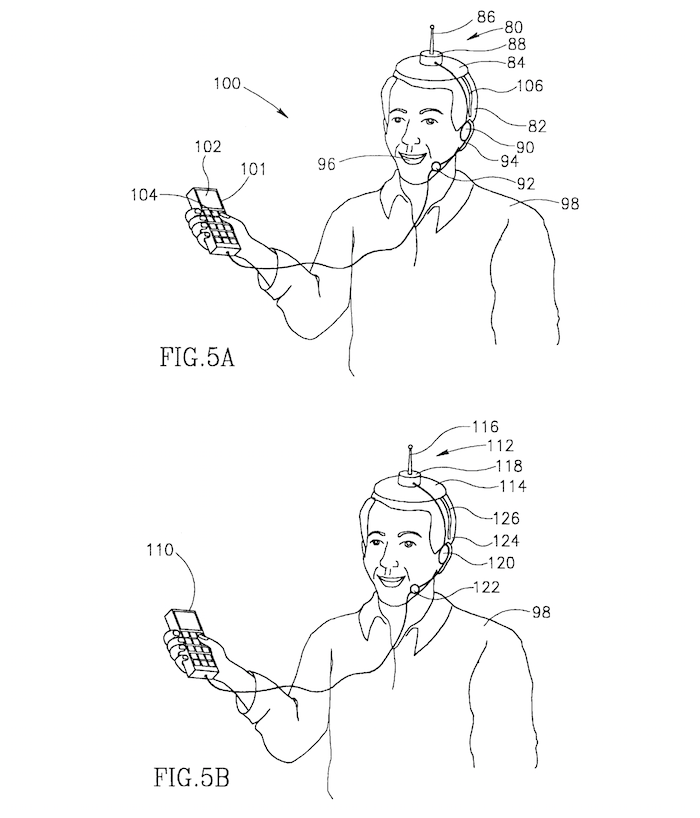
Fig. 1
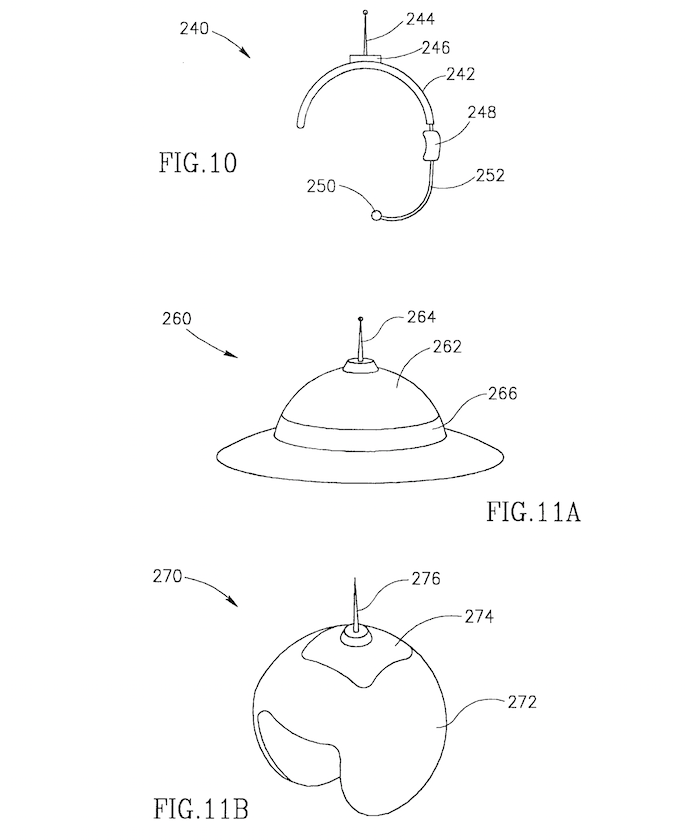
Fig. 2

Fig. 3
Figs. 1–3: Eyal Rinot, “Radiation Shielding Device” (2002). Eyal Rinot’s “Radiation Shielding Device,” for example, installs lightning rods and hands-free earpieces into an array of headwear: pith helmets, eyeglasses, ball caps, and yarmulkes. The lightning rod apparently keeps the wireless network from affecting an electrosensitive’s brain, while the earpiece lets them use a cell phone at a distance, emulating a Bluetooth headset.
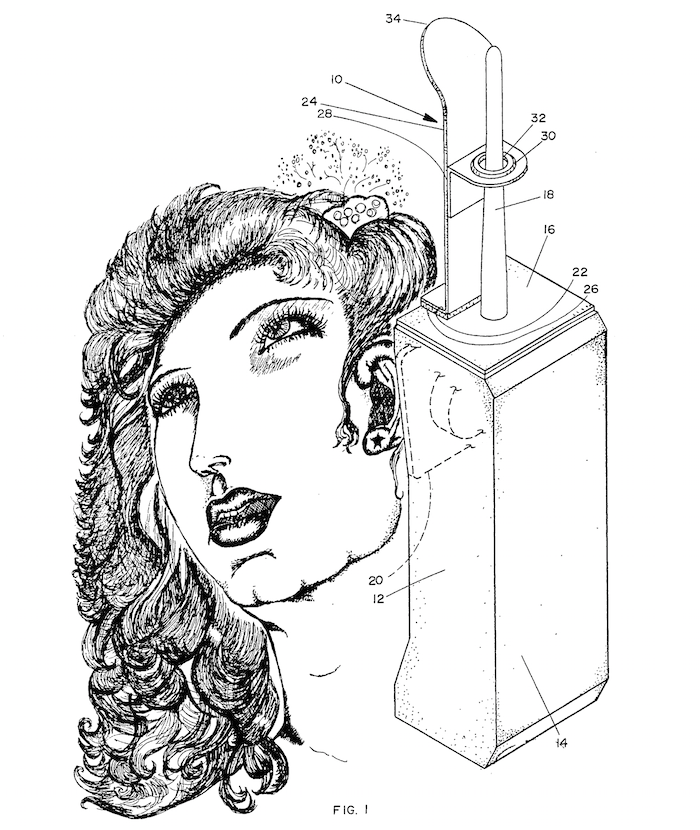
Fig. 4: James Hunt, “Radiation Shield” (1997). Surprisingly, few other security blankets are so outlandish. They soberly suggest that electrosensitives want to treat their symptoms without attracting attention or scorn. The “Radiation Shield” developed by James Hunt, for instance, is nothing but a metal strip affixed atop a cell phone. By blocking the phone’s antenna, which communicates with the wireless network, Hunt’s shield offers a tiny, radiation-free bubble of safety.
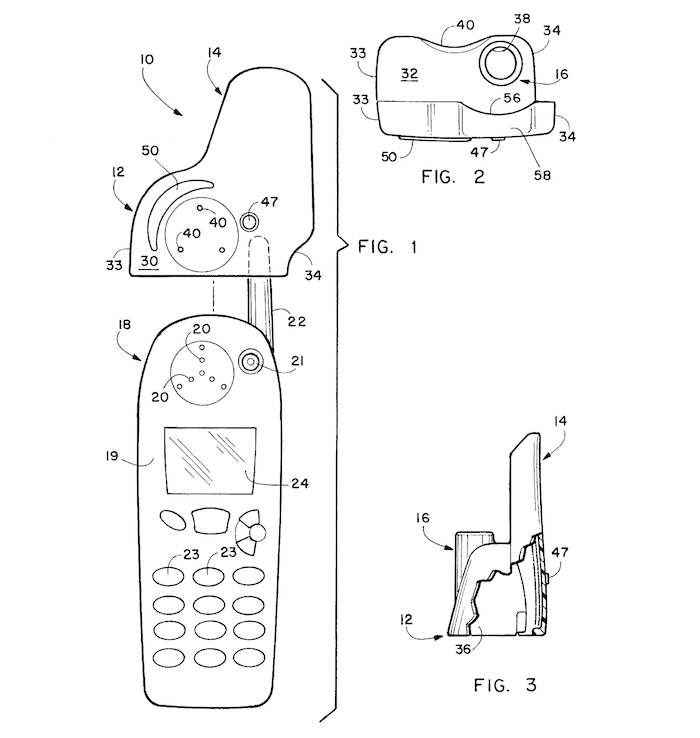
Fig. 5: Kim Kunz and Frederick Wood, “Radio Frequency Radiation Shield Unit” (2002)
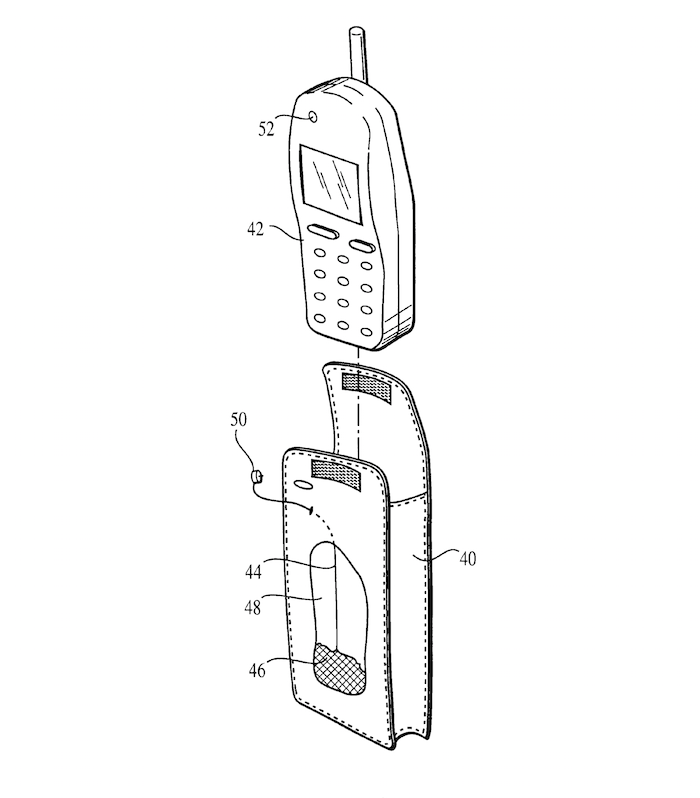
Fig. 6: Alfred Wong, “Portable Telephone with Shielded Transmission Antenna” (2002). Even more unobtrusively, Kim Kunz and Frederick Wood’s “Radio Frequency Radiation Shield Unit” and Alfred Wong’s “Portable Telephone with Shielded Transmission Antenna” each build sleek condoms for cell phones. Fabricated from carbon-fiber-impregnated textiles that allegedly absorb “96%” of the radiation emitted by cell phones, these “membranes” could pass for Apple Store covers to keep phones’ screens from cracking. Such security blankets create a feeling of protection without outing users as electrosensitive.
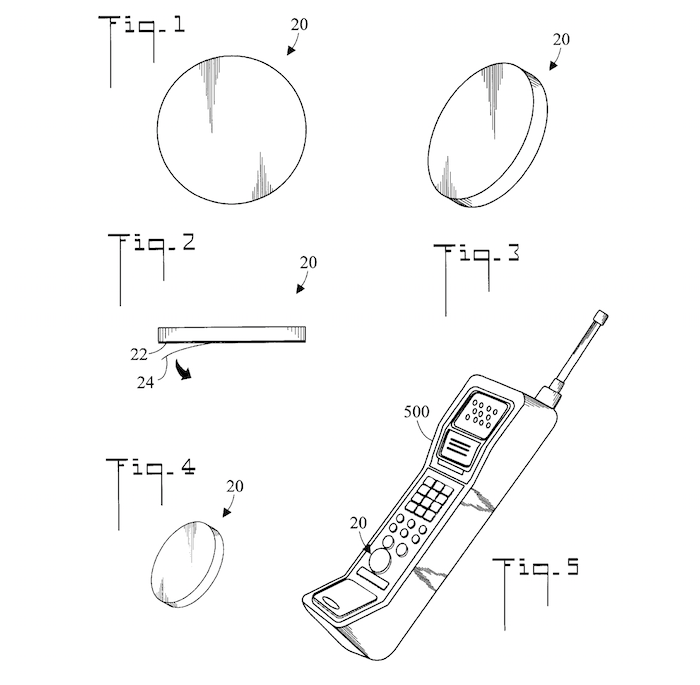
Fig. 7: Rick Kanase, “Electromagnetic Shield” (1999). The same could be said of Rick Kanase’s “Electromagnetic Shield” which hides its fantastical ability to generate negative ions and reduce cellular radiation inside a dummy cell phone button.
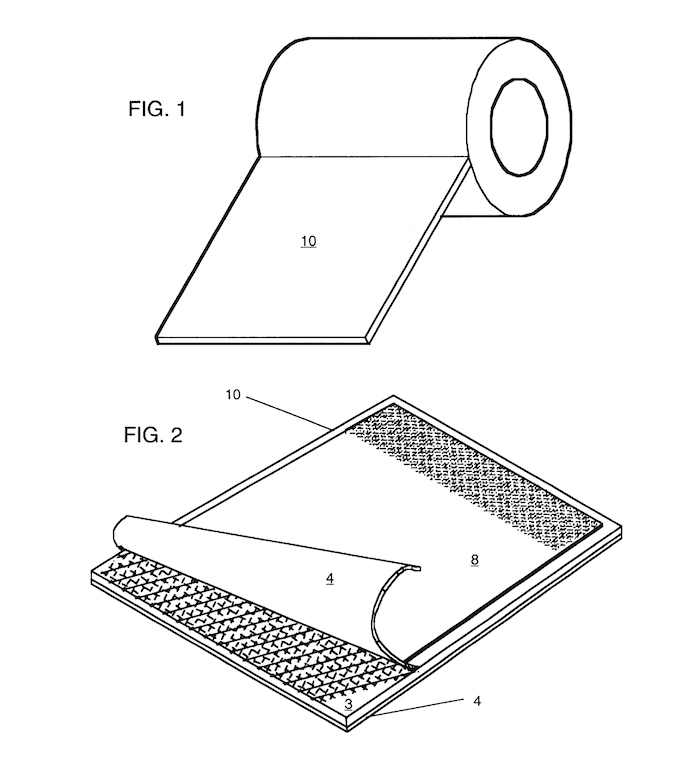
Fig. 8: Jacqueline Long, “Emissions Blocking Apparatus” (2002). Jacqueline Long’s “Emissions Blocking Apparatus” permits even greater electrosensitive camouflage. Her design gives electrosensitives a literal security blanket in a “convenient, pliable, and portable form readily shaped by the user.” This handy sheet of multi-layered protection imitates a roll of fabric “chosen for aesthetics and comfort.” A hidden middle layer loaded with metal powder blocks cell phone radiation. Underneath sits an adhesive strip and peelable backing. As Long writes, electrosensitives can cut, shape, and apply her security blanket to the inner linings of pockets, purses, or other enclosures where cell phones are commonly carried.
Her “Apparatus” is a perfect foil for electrosensitivity, addressing both the mutability of the illness and the intimate presence of cell phones. Most of all, it is sympathetic to electrosensitives’ identities, weaving their unusual desires for safety into a stylish fabric. Paranoia rarely looks or feels so normal.
These small, diverting gestures give electrosensitive patents a quietly unsettling power. They remind us that within consumer culture, safety is something many people increasingly fail to believe science or industry has solved. For them, even seemingly benign products like cell phones are suspect – harboring health risks that resemble oxygen or exhaust. Yet rather than reject these indispensable products, concerned consumers keep any ambivalence to themselves. They privately customize and insulate their lives against threats they cannot quite articulate, but which they are certain they can feel.


Comments [1]
09.23.15
03:34